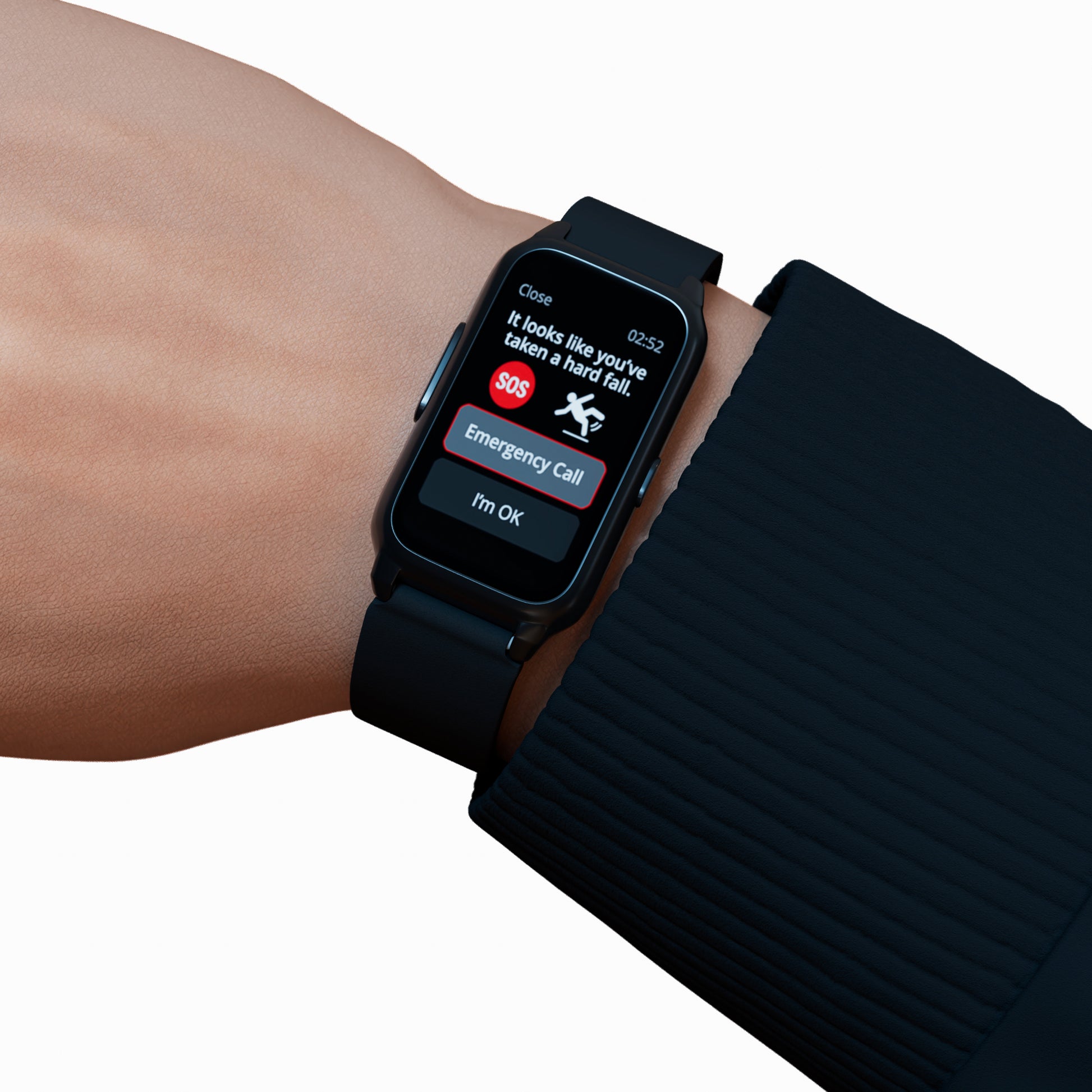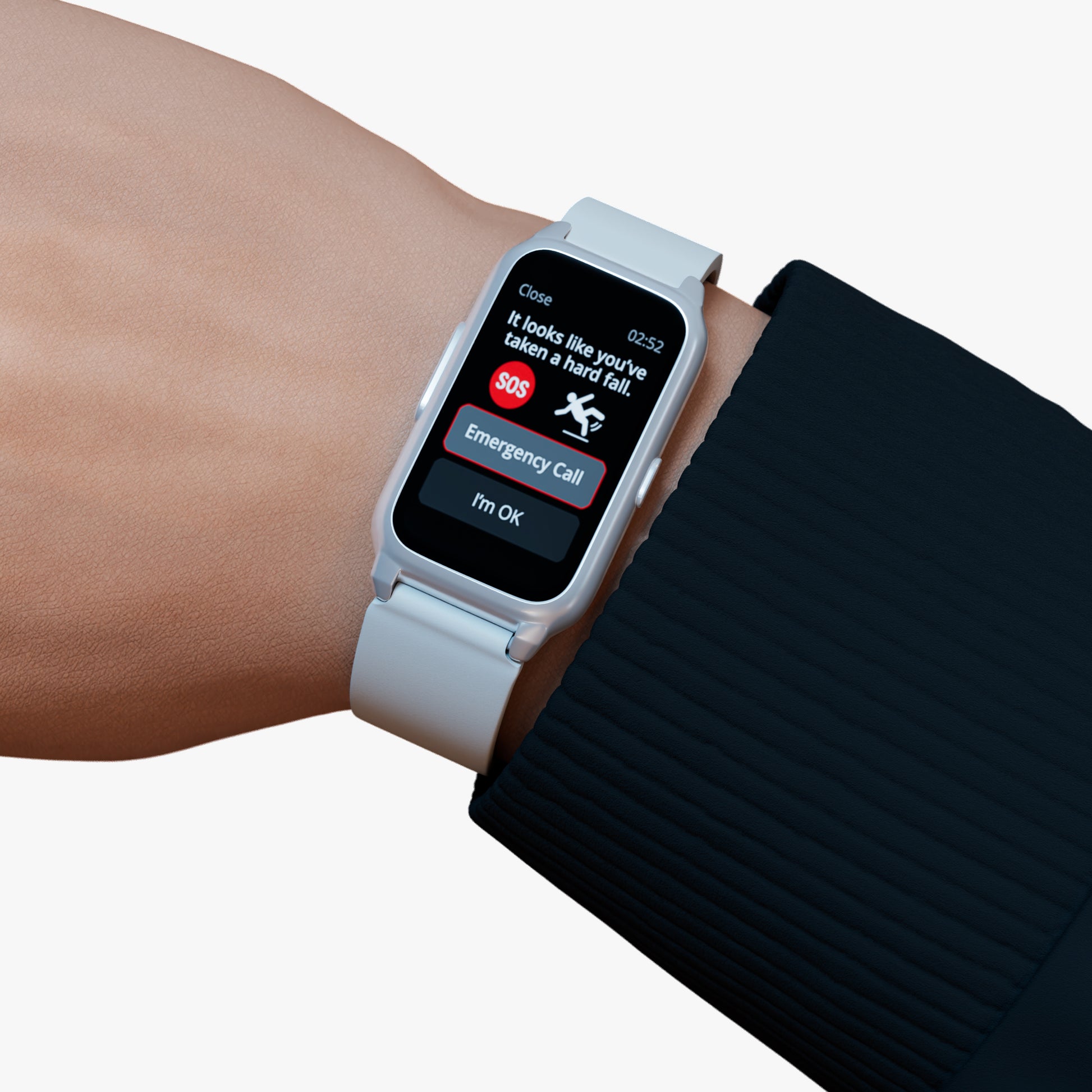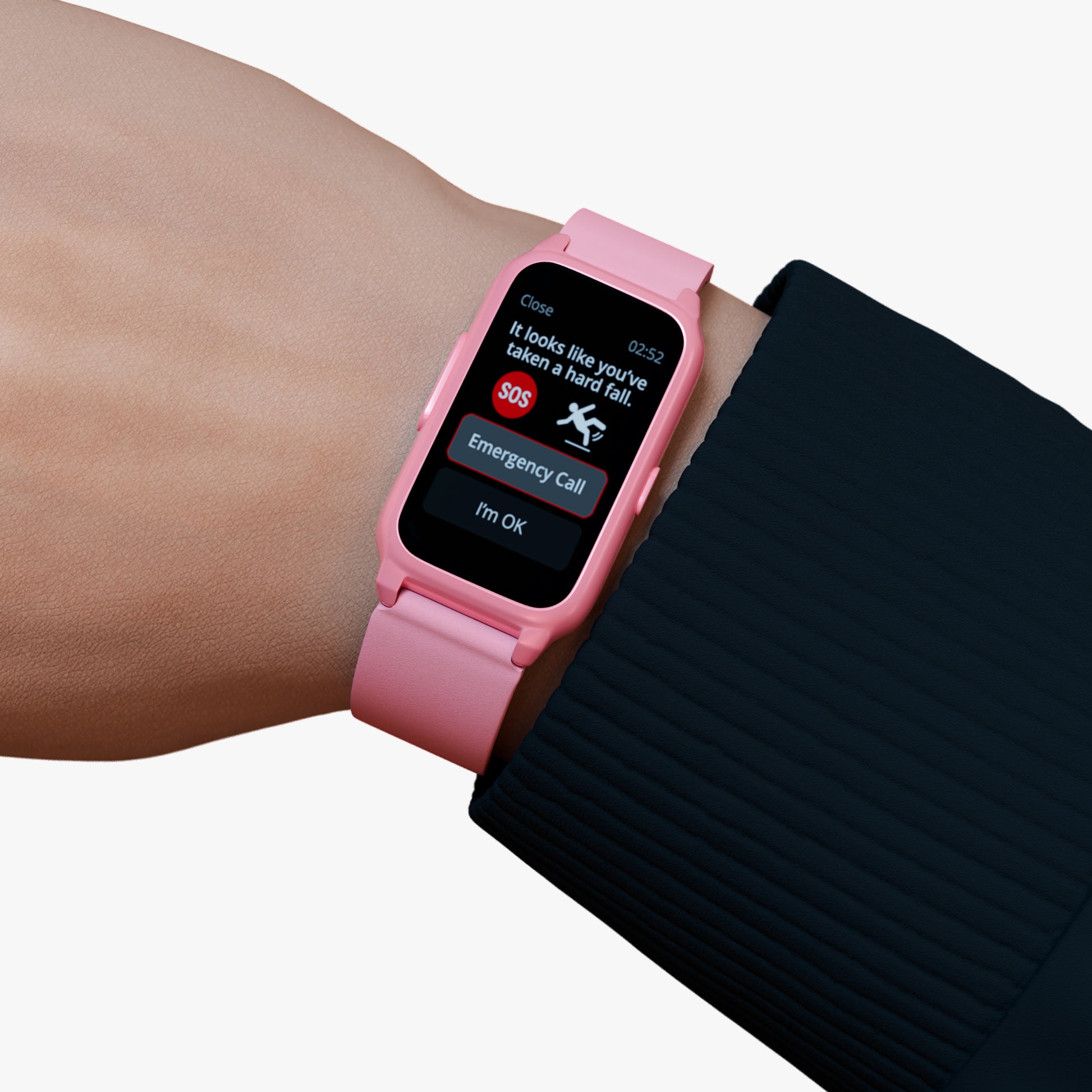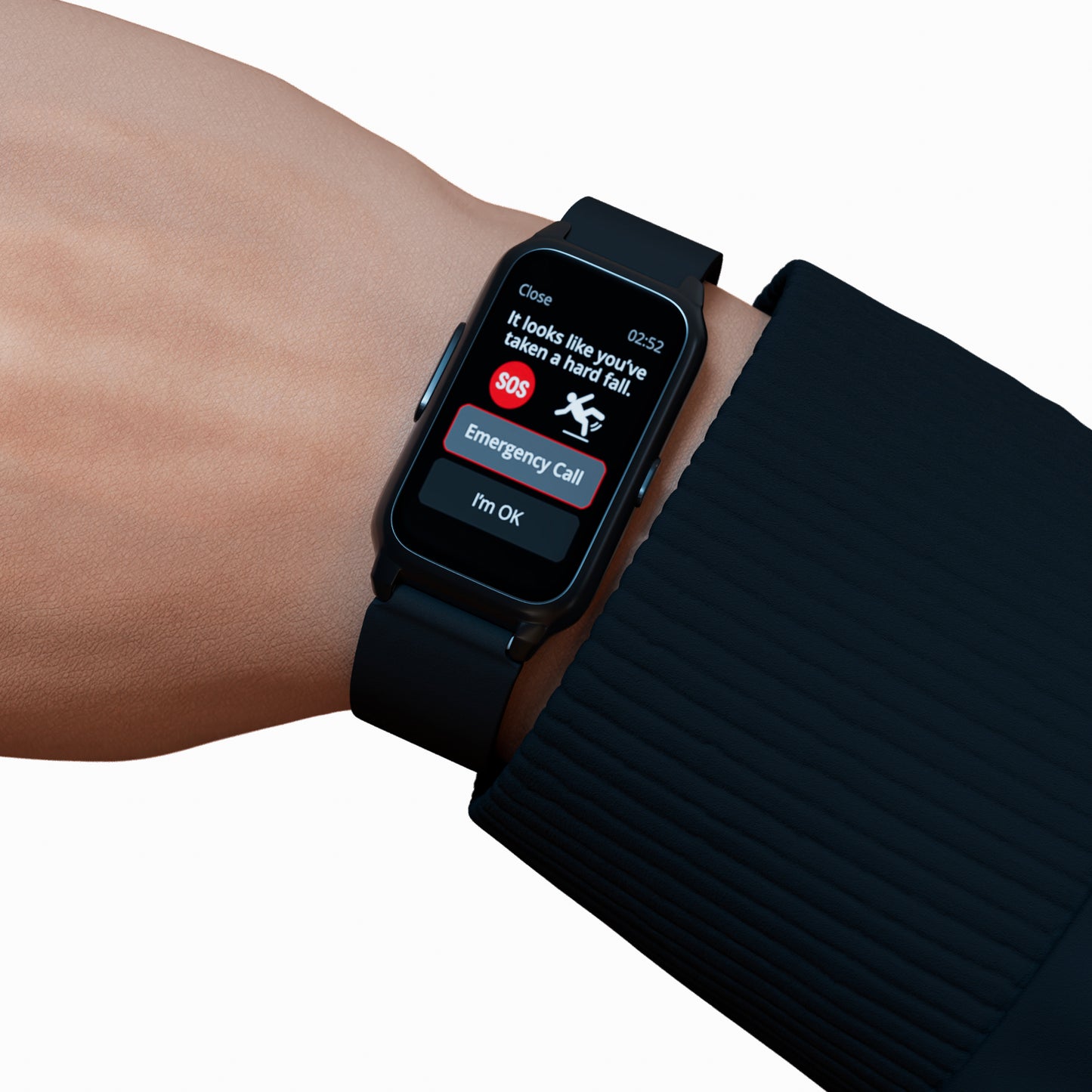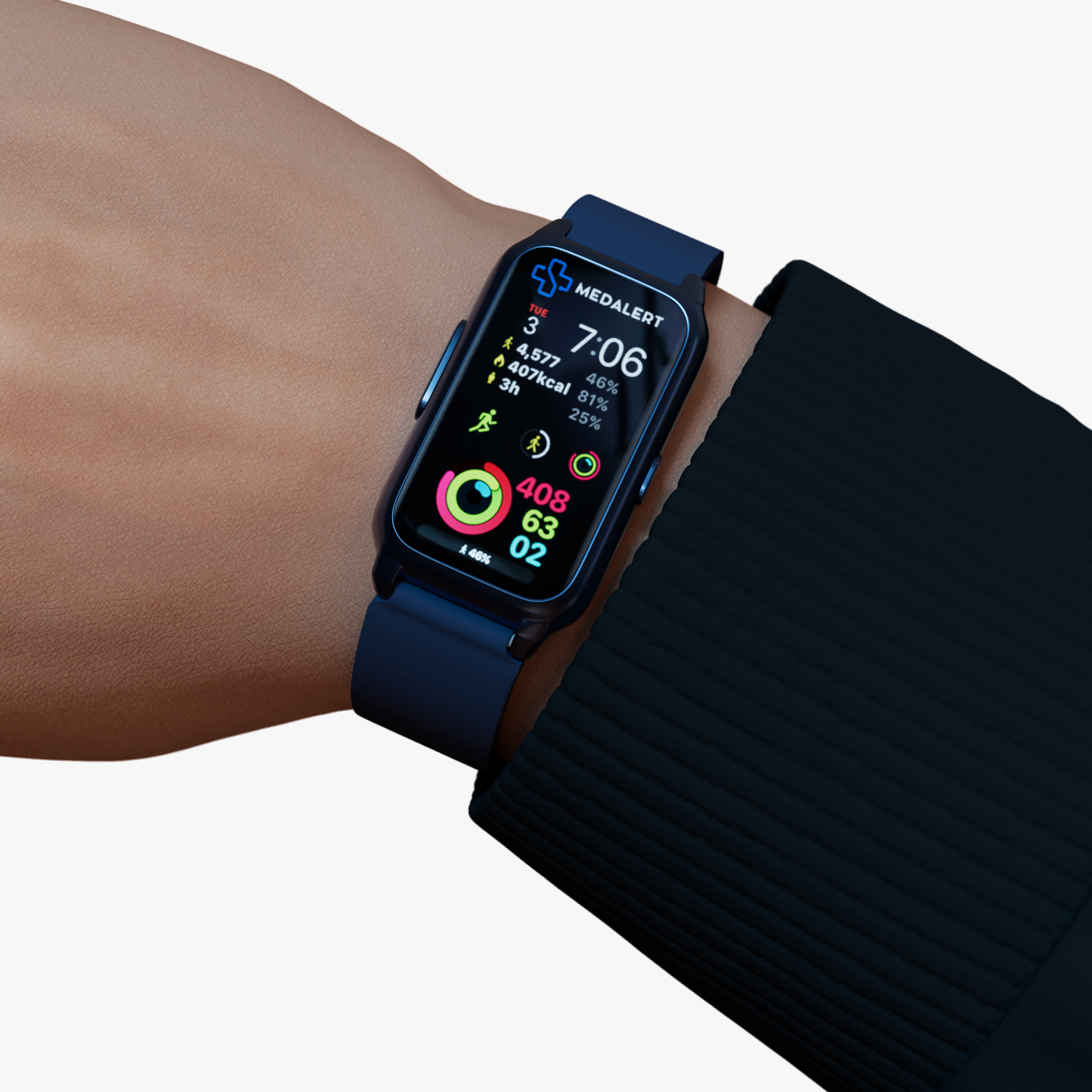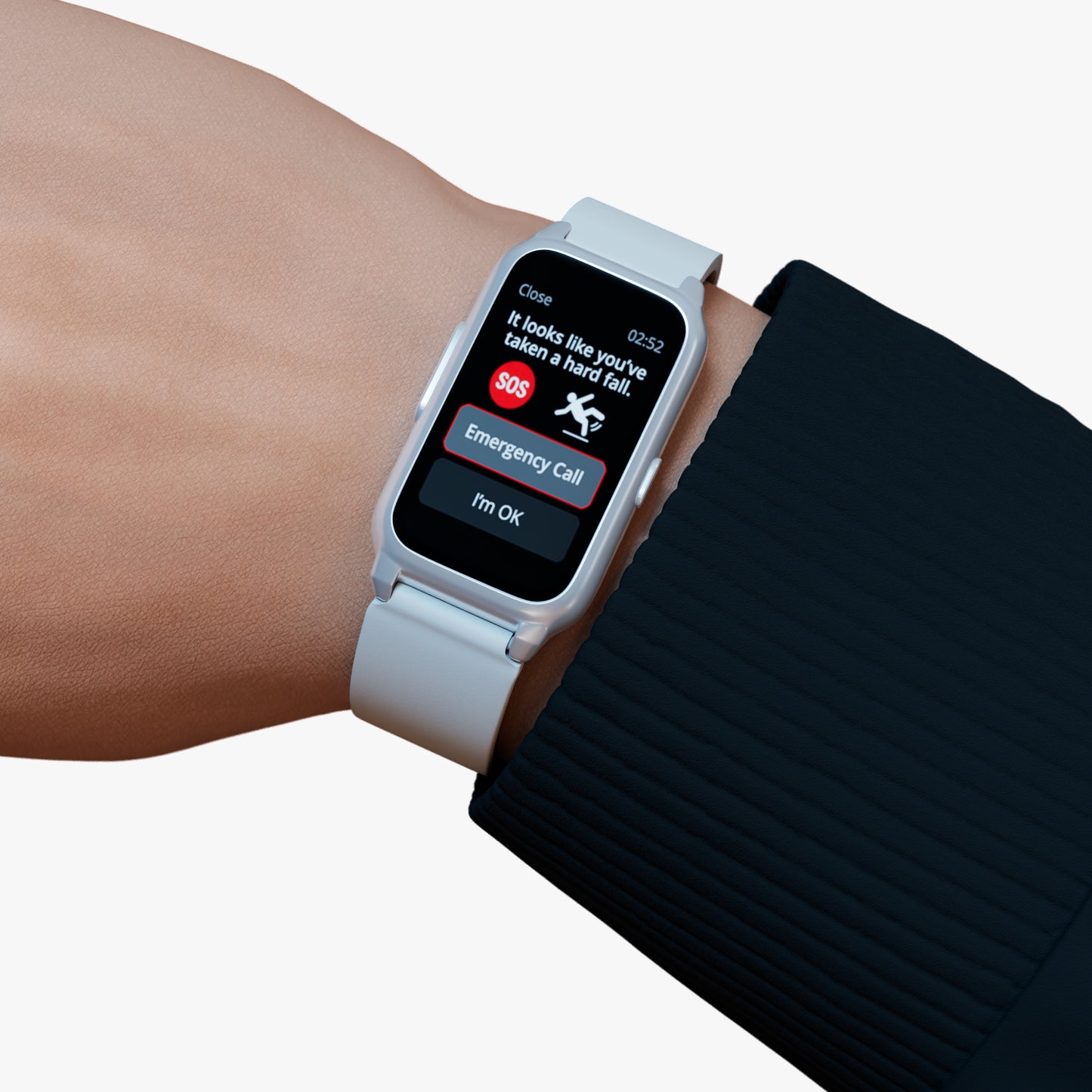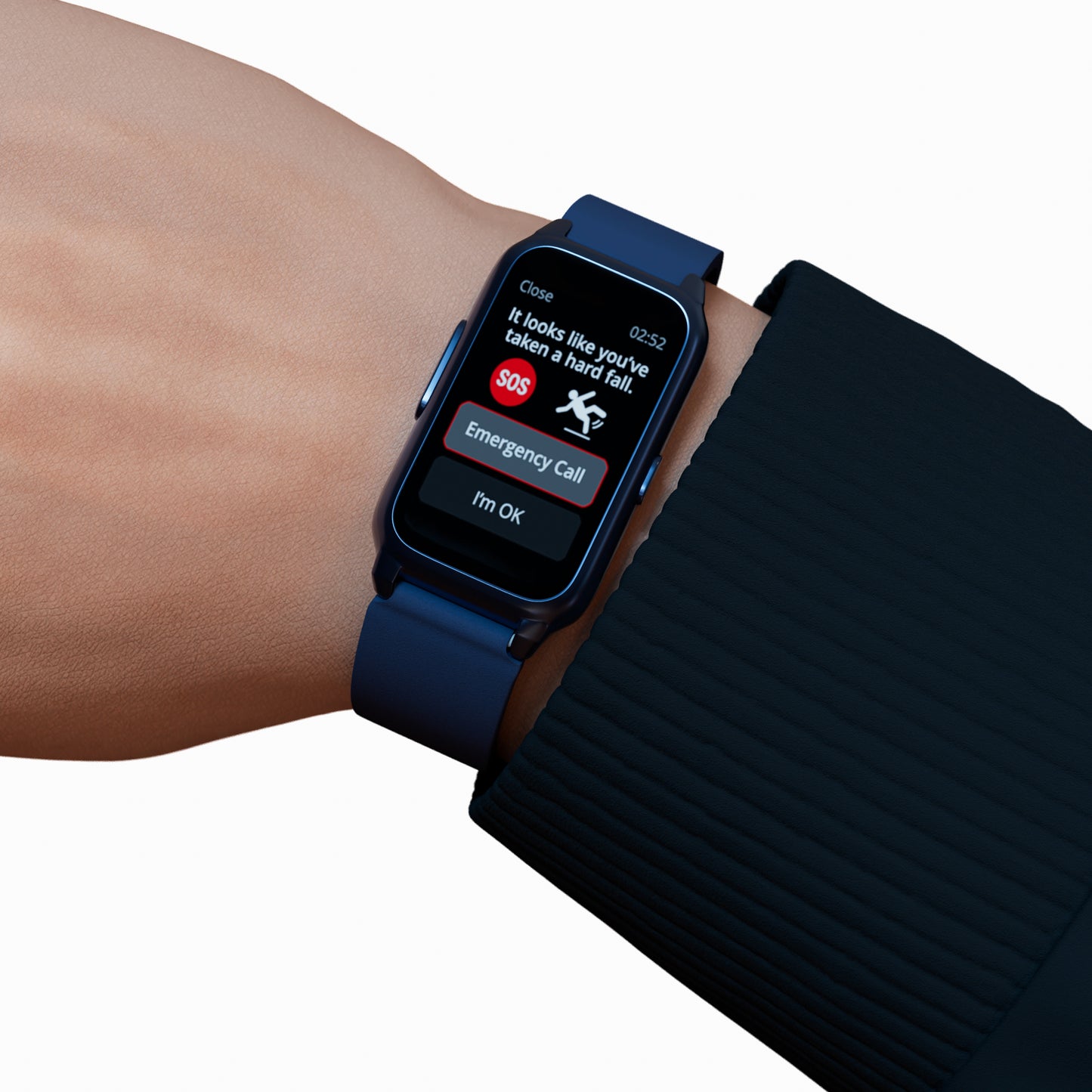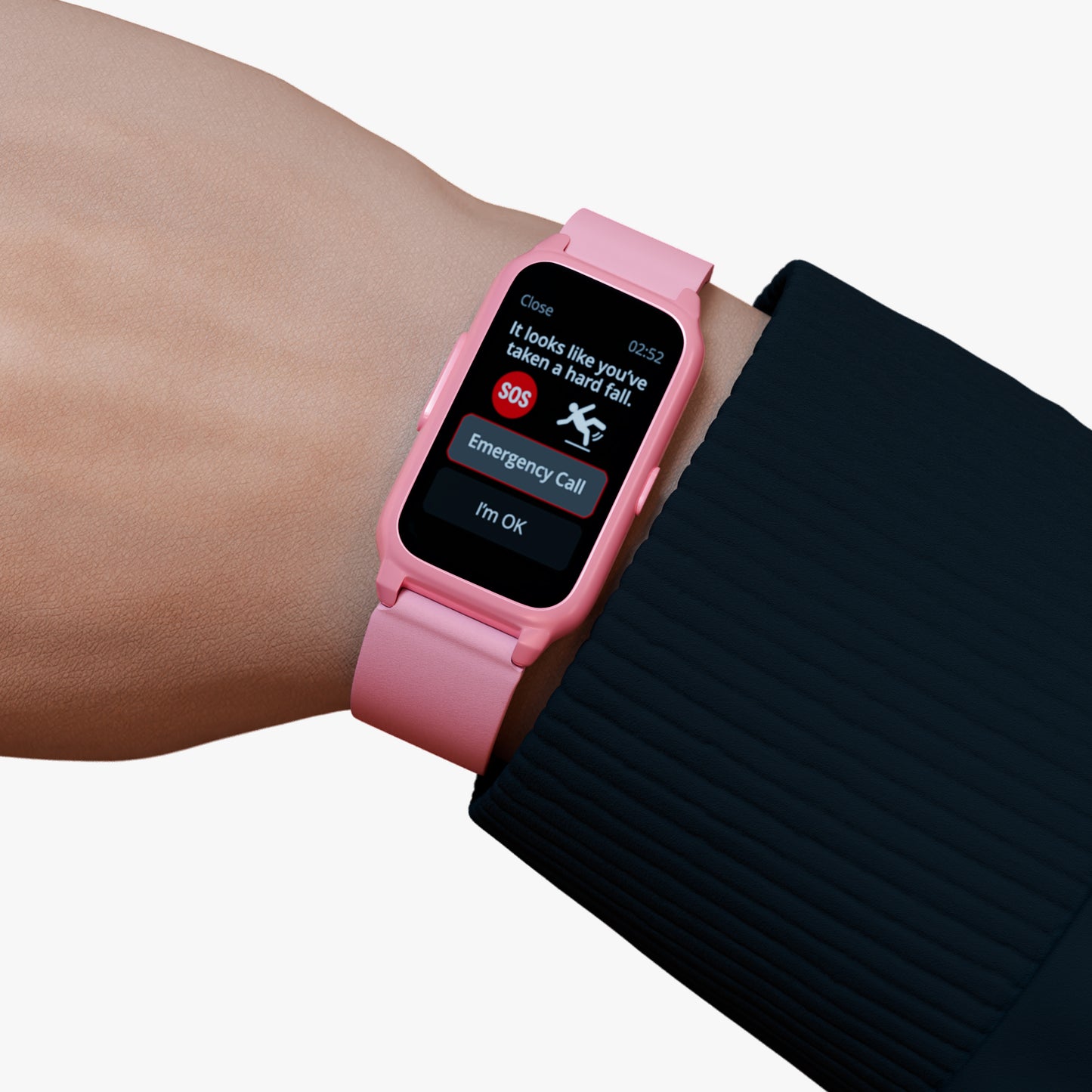The medical alert industry has a trust problem. You don't have to look far to find stories of devices that failed when they were needed most, customer service that couldn't solve basic problems, or promises that simply didn't match reality. Consumer advocacy groups have become so concerned about "inconsistent performance" in personal alarms that some have stopped reviewing them altogether.
This isn't just bad PR - it's a business crisis waiting to happen. When your product is literally designed to save lives, every failure chips away at customer confidence and opens the door for regulatory scrutiny. The companies that will thrive in this environment aren't necessarily those with the flashiest technology, but those that can demonstrate consistent, reliable operations behind the scenes.
The foundation of that reliability? Solid internal documentation.
Why Documentation Matters More Than You Think
Most medical device companies focus heavily on the engineering side - and rightfully so. Getting the hardware right is crucial. But here's what often gets overlooked: the human systems that support that technology are just as critical to customer success.
Think about it this way. Your GPS tracking works perfectly, your fall detection is spot-on, and your battery life exceeds expectations. But then a customer calls with a simple setup question, and your support team gives them three different answers across two phone calls. That customer isn't thinking about your excellent engineering anymore - they're wondering if they can trust your company at all.
Documentation platforms like BlueDocs are designed specifically to prevent these kinds of breakdowns by centralizing "all key internal content - from SOPs to onboarding to policies - into one clean, searchable place". When everyone is working from the same playbook, customers get consistent experiences.
Consider these common scenarios where poor documentation creates real problems:
Customer Service Inconsistency: A customer calls about geo-fencing setup. One rep walks them through Android instructions, another assumes they're on iOS, and a third transfers them to technical support because they're not sure. Each interaction erodes confidence.
Compliance Gaps: Products that connect to mobile networks must be ACMA compliant, requiring registration in the National Equipment Registration System. If your team doesn't have clear processes for maintaining this compliance, you're one audit away from serious trouble.
Training Delays: New customer service hires spend weeks learning product details through scattered emails and informal conversations, leading to months of tentative support interactions while they get up to speed.
The Real Cost of Poor Documentation
Bad documentation doesn't just create inconvenience - it creates measurable business problems. Customer support tickets take longer to resolve, leading to higher costs and lower satisfaction scores. New employee onboarding stretches from weeks to months. Compliance audits become stressful scrambles to gather scattered information.
But perhaps most damaging is the impact on customer trust. Medical alert customers often report frustrations with products that "don't do what they promote" or support teams that provide "quite rude emails" when problems arise. These aren't necessarily product failures - they're often communication and process failures that could be prevented with better internal systems.
The companies doing this well understand that documentation isn't about creating bureaucracy. It's about creating predictable, professional experiences that build customer confidence over time.
What Good Documentation Looks Like in Practice
Effective documentation for medical device companies goes beyond simple instruction manuals. It needs to cover the full spectrum of customer-facing operations:
Standard Operating Procedures (SOPs) that cover everything from device testing protocols to customer onboarding workflows. These ensure that every customer gets the same quality experience, regardless of which team member they interact with.
Policy Management that keeps everyone current on regulatory requirements and company standards. Modern platforms provide "full policy lifecycle support: version control, approval workflows, acknowledgment tracking, and compliance timestamps" - making it easy to prove compliance during audits.
Training Materials that help customer service teams understand not just what your devices do, but how to troubleshoot common problems and when to escalate complex issues. This is particularly important for medical devices where incorrect advice could have serious consequences.
Knowledge Base Articles that compile common customer questions, technical specifications, and troubleshooting guides in one searchable location. When your support team can quickly find accurate information, customers get faster, more reliable help.
The key is making all of this information easily accessible and consistently updated. It doesn't matter how comprehensive your documentation is if your team can't find what they need when they need it.
Building Documentation That Actually Gets Used
The biggest challenge isn't creating documentation - it's creating documentation that your team will actually use. Too many companies have beautifully written procedures that sit untouched in shared drives while employees continue to rely on tribal knowledge and best guesses.
Successful documentation strategies focus on practical usability:
- Make it searchable: Your customer service rep shouldn't have to click through five folders to find battery troubleshooting steps
- Keep it current: Outdated information is worse than no information because it creates inconsistent customer experiences
- Design for mobile: Field technicians and remote workers need access from their phones, not just desktop computers
- Include real examples: Abstract policies don't help someone handle a frustrated customer at 4 PM on Friday
Modern platforms like BlueDocs address these challenges by providing "rich text editing, code blocks with syntax highlighting, embedded images, and version history" along with "folder structure with colour and emoji coding, search, and custom categorisation". The goal is making information as easy to find and use as possible.
The Compliance Advantage
For medical device companies, proper documentation isn't just about customer service - it's about regulatory survival. The Australian Communications and Media Authority requires that sellers be "registered as a responsible supplier in the National Equipment Registration System database", and maintaining that registration requires ongoing documentation of compliance processes.
Smart companies use this regulatory requirement as an opportunity to build better operations overall. When you're already documenting compliance procedures, it's a small step to extend that documentation to cover customer service protocols, training materials, and operational procedures.
The companies that excel here treat documentation as a competitive advantage rather than a compliance burden. They recognize that customers in the medical alert space are often making decisions based on trust and reliability rather than just features and price.
Making It Work for Your Team
Getting started with better documentation doesn't require a complete operational overhaul. Most successful implementations begin with identifying the biggest pain points in current operations and addressing those first.
Common starting points include:
- Customer service scripts for handling common questions and technical issues
- Onboarding checklists that ensure new hires learn critical information consistently
- Compliance tracking for regulatory requirements and audit preparation
- Product knowledge bases that compile technical specifications and troubleshooting guides
The key is starting small and building momentum. Once your team experiences the benefits of having reliable, accessible information, they'll naturally want to expand the system to cover more areas.
Platforms designed for this purpose offer features like "commenting with @mentions, reactions, and activity feeds" along with "approval workflows and assignment tracking" that make collaboration easier and ensure important updates don't get missed.
Looking Forward
The medical alert industry is at a crossroads. Consumer trust is low, regulatory requirements are increasing, and customers are more informed and demanding than ever. The companies that will succeed are those that can demonstrate reliability not just in their products, but in every aspect of their customer relationships.
Good internal documentation is the foundation of that reliability. It ensures that customers get consistent, professional service regardless of which team member they interact with. It helps new employees contribute meaningfully from their first week rather than their first month. And it provides the compliance documentation needed to maintain regulatory standing without scrambling during audit season.
Most importantly, it creates the kind of predictable, trustworthy customer experience that turns one-time buyers into long-term advocates. Your customers may never see your internal documentation directly, but they'll feel its impact in every interaction they have with your company.
The question isn't whether your company needs better documentation - it's whether you'll implement it before your competitors do, or after they've already gained the advantage of more reliable, professional operations.


